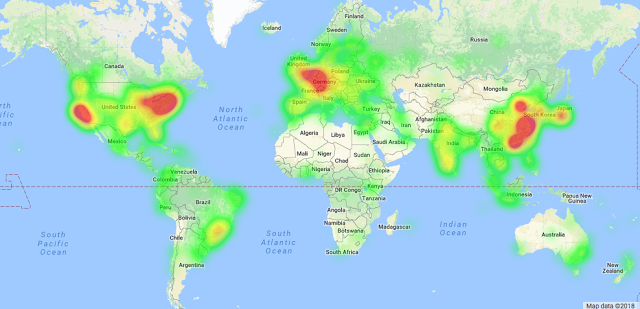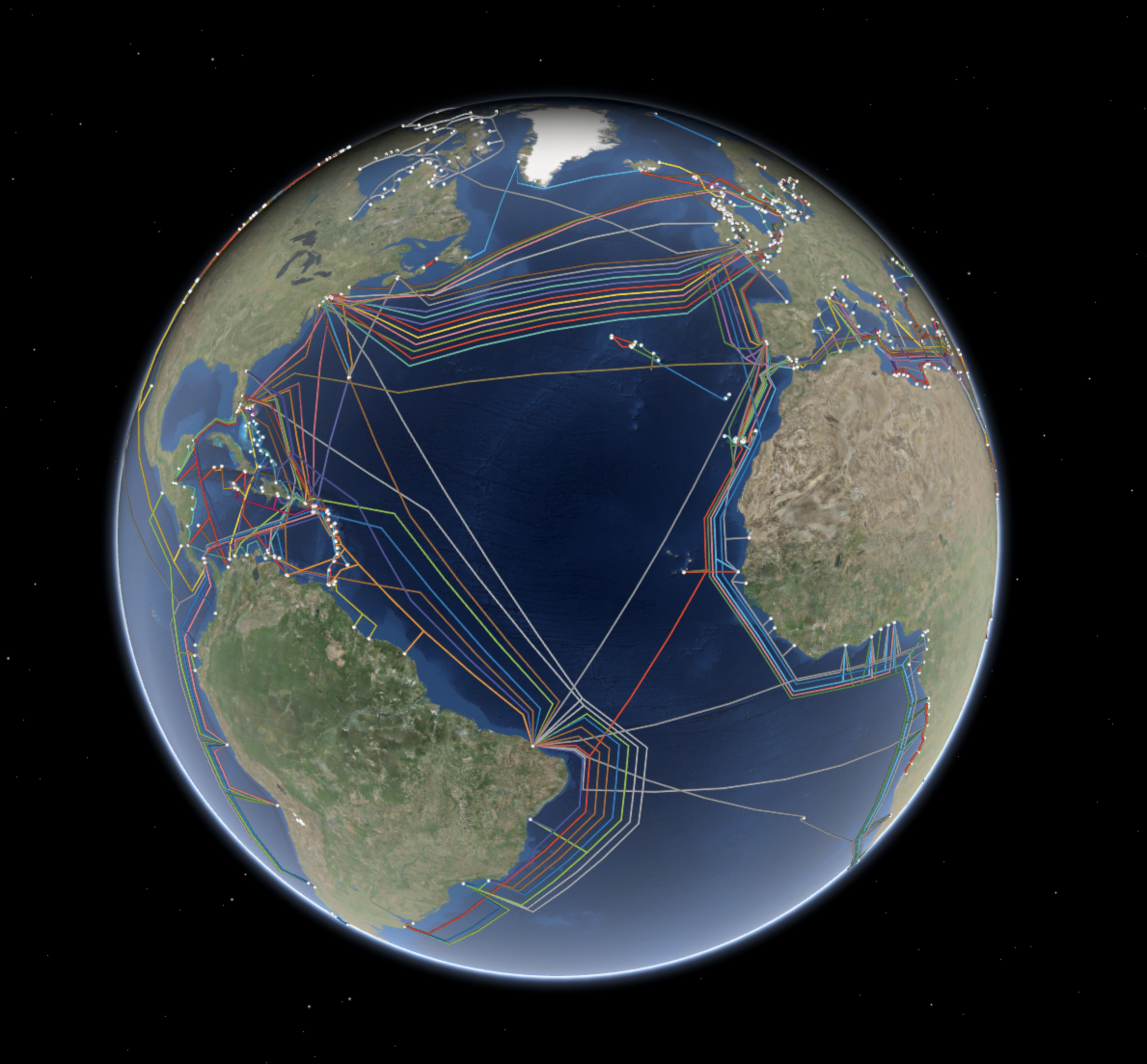So after a beer thinking I should just write what comes to mind after a pint.
What Chris is missing is the impact of AR. It will be huge and people are excited. What is funny is where I am drinking a pint is within walking distance to Facebook’s Oculus new facility which is a lot of ex-Microsoft people https://www.geekwire.com/2018/facebook-microsofts-backyard-building-purchases-point-oculus-expansion/
“It is unclear what the sites will be used for, and Facebook and Oculus representatives did not return requests for comment. GeekWire reported recently that Oculus is looking for a couple hundred thousand square feet of research and development space in Redmond as well as a huge chunk of office space in the Seattle area.
Job listings also point to an Oculus expansion in Redmond.Facebook lists 123 open positions in Redmond, and almost all of them are for Oculus. Aposting for an Oculus facilities project managerincludes “work on multiple expansion and renovation projects in its Oculus facilities in Redmond. Projects are all on a fast track schedule to support the planned growth in the area.”
What I agree totally with on Chris’s prediction #6 is DCIM will create a new acronym as it tries to gain traction. There so many flaws in DCIM. And the top is they don’t get abstraction. There way too many failed DCIM implementations out there.
The big are growing so much faster than rest. Amazon is rumored to be testing their advertising efforts. Which is direct blow to google and facebook.
Actually I agree with all of Chris’s points. 2018 is going to be interesting and confusing because as the last point made #10
10) Data center publications will continue to publish articles speculating on the future demise of enterprise data centers in relation to the cloud when there is nothing else to talk about.






